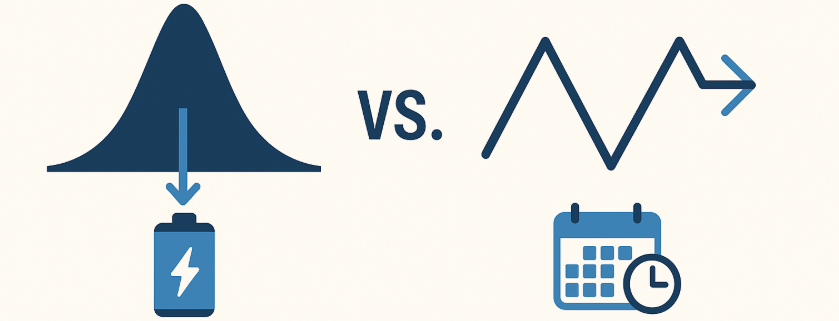Peak Shaving vs Load Shifting: Understanding the Difference in Energy Management
Peak Shaving vs Load Shifting: Businesses and industries face growing pressure to optimize energy use while reducing costs. Two strategies frequently discussed in energy management are peak shaving and load shifting. Although they are often mentioned together, they serve different purposes. Understanding these differences helps organizations select the right approach to lower bills and improve grid stability.
What Is Peak Shaving?
Peak shaving is the process of reducing energy consumption during times of peak demand. These are periods when electricity prices are highest and the grid is under maximum stress. Companies achieve peak shaving through:
- Using on-site backup generators
- Deploying battery energy storage systems (BESS)
- Adjusting or reducing non-essential loads
By trimming energy use during critical hours, businesses can avoid hefty demand charges. For example, a manufacturing plant may rely on stored battery power during late afternoons when energy tariffs spike.
What Is Load Shifting?
Load shifting, on the other hand, involves moving energy consumption from high-demand periods to times of lower demand. Rather than reducing total energy use, companies simply reschedule when they consume it.
Practical examples include:
- Running industrial chillers at night when electricity is cheaper
- Charging electric vehicles during off-peak hours
- Pre-cooling commercial buildings before daytime demand increases
Load shifting helps flatten demand curves, which supports grid reliability and can reduce overall operating expenses.
Key Differences: Peak Shaving vs Load Shifting
While both strategies improve efficiency, their focus differs:
| Aspect | Peak Shaving | Load Shifting |
|---|---|---|
| Objective | Reduce usage during peak hours | Move usage to off-peak hours |
| Method | Curtail demand or use stored energy | Reschedule operations |
| Impact | Lowers demand charges | Optimizes energy costs |
| Example | Using BESS at 6 PM peak | Running equipment at midnight |
Benefits of Peak Shaving
- Lower demand charges: Reduces utility costs during peak hours
- Improved resilience: Storage systems can support operations during outages
- Grid stability: Reduces pressure on the network during high demand
Benefits of Load Shifting
- Optimized cost management: Takes advantage of off-peak pricing
- Sustainability: Encourages use of renewable energy when it’s abundant
- Operational flexibility: Supports long-term efficiency in production and facility management
Real-World Example
A large data center may use peak shaving by tapping into battery storage during hot afternoons when air conditioning spikes electricity demand. At the same time, the same facility could practice load shifting by scheduling non-critical computing tasks overnight when electricity rates are lower. Together, these strategies help cut costs while ensuring reliability.
Choosing the Right Strategy
The decision between peak shaving and load shifting depends on business needs:
- If your utility bill is dominated by demand charges, peak shaving is often the smarter choice.
- If your costs are tied more to time-of-use pricing, load shifting may provide greater savings.
Many companies adopt a hybrid approach, combining both strategies with energy storage and smart management systems.
Conclusion
Peak shaving and load shifting are essential tools for modern energy management. While peak shaving cuts costs by reducing demand during expensive hours, load shifting optimizes operations by rescheduling energy use. By understanding these differences, businesses can design tailored strategies that improve cost savings, grid stability, and sustainability.





Trackbacks & Pingbacks
[…] Load-shifting and peak shaving […]
[…] 2. Load Shifting […]
[…] Peak Shaving & Load Shifting: Reduces grid demand during peak hours. […]
[…] One of the greatest advantages of BESS is energy shifting. With storage in place, businesses can: […]
[…] One of the biggest benefits of C&I BESS is reducing energy costs. With applications such as peak shaving and load shifting, businesses can: […]
[…] bidirectional flow, the PCS allows the C&I BESS to provide services like peak shaving, load shifting, and grid support, ensuring seamless energy […]
[…] 1. Load Shifting […]
Leave a Reply
Want to join the discussion?Feel free to contribute!